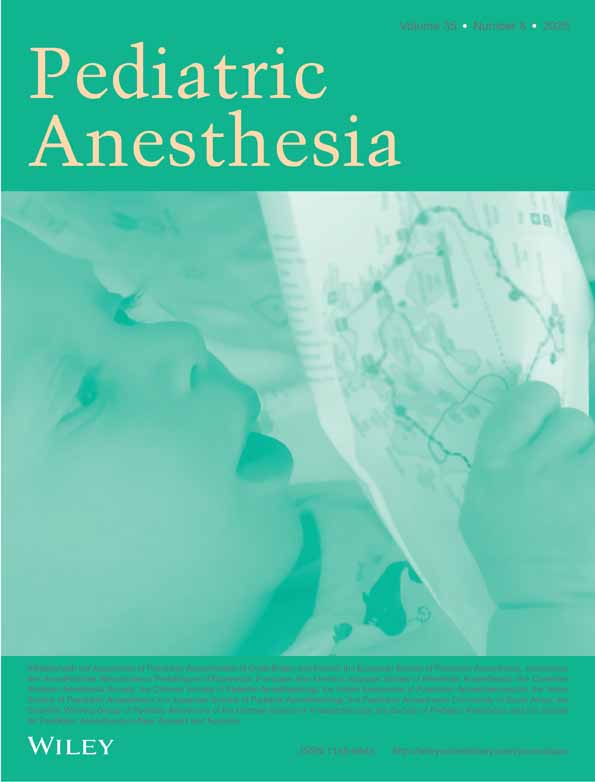Successful airway control with the laryngeal mask in an infant with Beckwith–Wiedemann syndrome and hepatoblastoma for central line catheterization
Abstract
We present a case of an infant with severe macroglossia, hypoglycaemia and inguinal hernia associated with hepatoblastoma (Beckwith–Wiedemann syndrome) in which a laryngeal mask airway (LMA) was useful to secure the airway during central line insertion. Carbon dioxide monitoring through LMA proved effective to assess airway patency during positioning for central vein puncture. In this syndrome, where a potentially difficult airway may be encountered, LMA allowed adequate ventilation, avoiding the risk and inconvenience of tracheal intubation.




